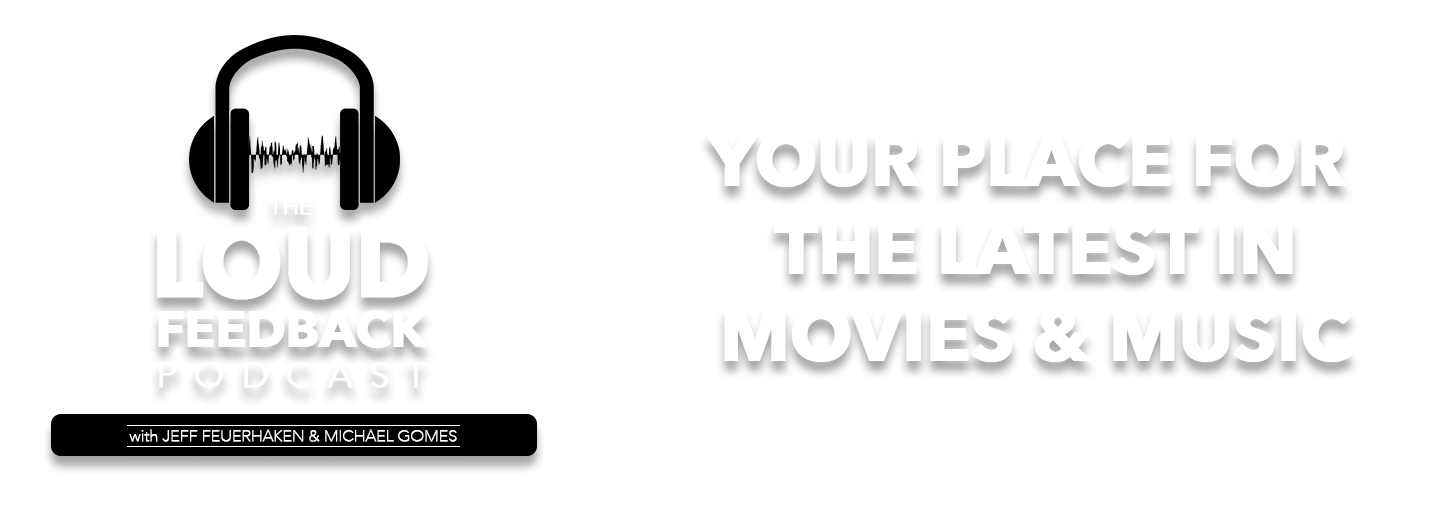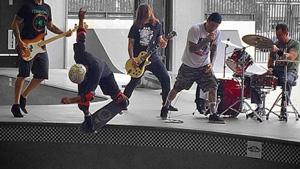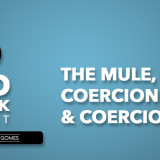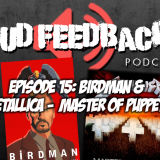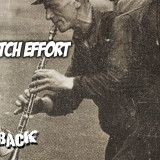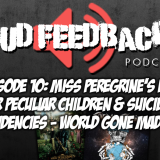By Jeff Feuerhaken
I recently came across an article from a blog called Punk Rock F#ck Yeah where the author defined the term “skatepunk” and laid out how it came to be a thing. It got me thinking about this odd term and why it’s become part of our musical culture. Though “skatepunk” always seemed such a natural thing to me, when you hold it up to a microscope and look at what it really is, which is a music subgenre, it’s a bit head-scratching. I mean, what other styles of music out there are named after a sport or activity that has no technical relation to music at all? I mean, I’ve never listened to “Hunt Country” (“Huntry?”) or “Drink Jazz” or “Do Nothing And Chill Reggae”. There is “Dance Pop”, but then again dancing is an activity directly related to music.
Which leads me back to my question? Why “skatepunk”? Well, this much is clear: ever since the early 80’s, there’s always been an association between skateboarding and punk rock. It was a lifestyle thing. Lots of people who listened to punk were skaters. And lots of the people in the bands were skaters, too. I’m talking about bands like The Faction, U.S. Bombs, and JFA. There were others like Suicidal Tendencies that even wrote songs about skating, and often featured people skating in their music videos. Come to think of it, I also remember seeing an album cover from nardcore legends Agression that featured some dude skating a pool.
To fully understand how an activity and musical style were able to mesh so well, we need to look at the common threads between them. The most obvious among them is the attitude. Skaters and punks alike have always shared an anti-establishment, anti-mainstream point of view, and this comes across heavily in the music of skatepunk. Second is an uptempo intensity that represents straight up balls out speed. I once heard that Doug Moody, founder of Mystic Records (home to Agression, Ill Repute, NOFX, and many other Nardcore staples) had once said that the blistering double-time sound of the snare drum in punk rock was familiar to a generation of skaters because it had the same tempo that skate wheels make as they pass over the cracks on a sidewalk. If you think about it, that does make a bit of sense. Finally, there’s a clear sense of style shared between skating and music. The best skaters were always the ones like Christian Hosoi and Steve Caballero who had an effortless style that was mesmerizing to watch. In skatepunk, not only do the bands usually share the same skate fashion, but there is usually a sense of harmony in the music. A method to the madness. Skatepunk is aggressive, but it is also filled with sugary hooks and catchy melodies and harmonies, equal to a skater who can put himself into sketchy situations but exhibit style while doing it.
The marriage of skateboarding and punk rock is a unique anomaly in the musical landscape, but one that somehow just fits. The newer generation of skaters definitely has their own soundtrack, mostly based on hip-hop culture. But you’ll still hear some of the younger groms throwing on some Bad Religion or Good Riddance before they drop in on the half-pipe.
Check out GHPunkGuy’s article about skatepunk here.
